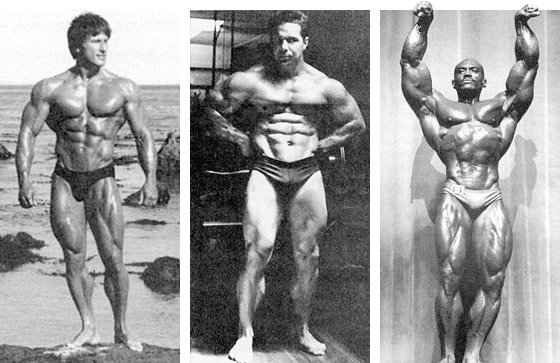What are Omega 3 Fatty Acids?
I’m not going to go into too much scientific depth, because I don’t want to bore you, but I will brush over the main elements that help understand the building blocks of Omega 3s.
When people refer to Omega 3 Fatty acids they often refer to DHA (docosaheaenoic acid) and EPA (eicosapentaenoic acid) and ALA (alpha-Linolenic acid)alpha-Linolenic acid).

The last one, ALA, is going to be an interesting topic of discussion later in the article.
The membrane surrounding the cell, as well as the “machinery” of the cell (such as the mitochondria and the nucleus) is referred to as phospholipid bilayer membrane. What this means is that the majority of the construct of our cells is fat – that’s why the types of fats that you consume have a serious impact of your general health and well being.

EPA and DHA’s structure causes membrane fluidity, which is what makes the body’s cell function better by improving cellular communication. Membrane fluidity is what allows our cells to function more efficiently when producing energy, produce hormones, enzymes and antibodies.
Ok, now that you have a very rudimentary understanding of what Omega 3 fatty acids are, we can get to the juicy bit of this article – how Omega 3s can promote muscle growth.

